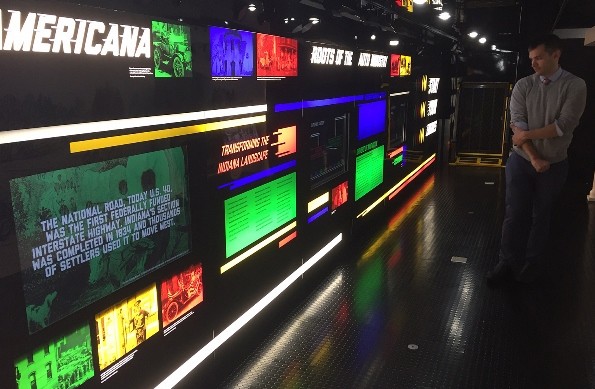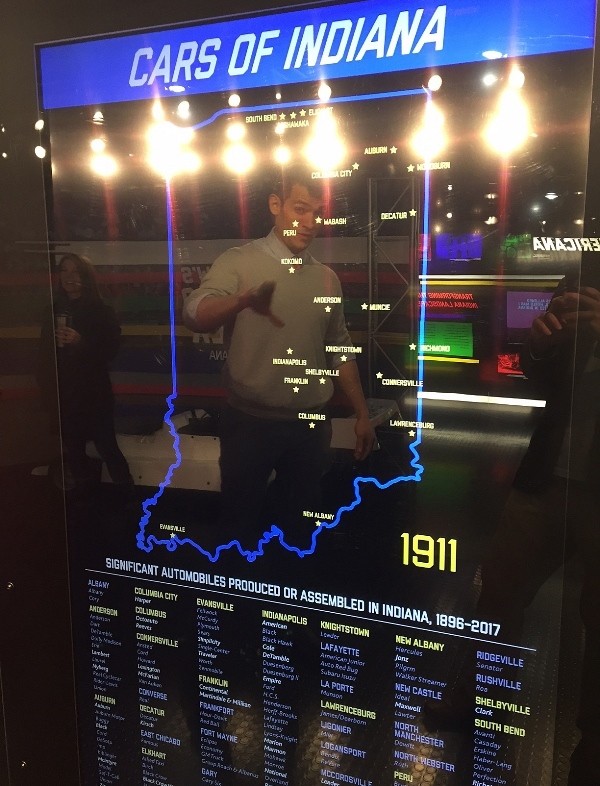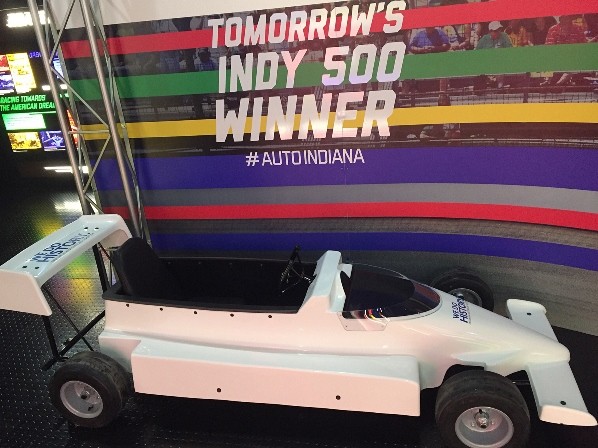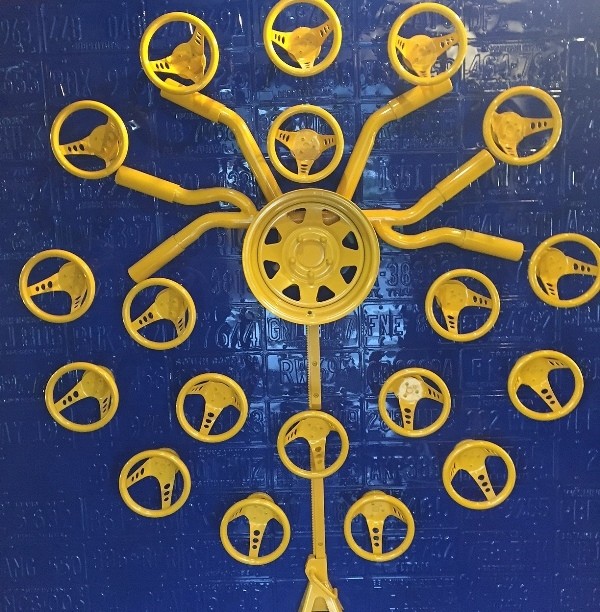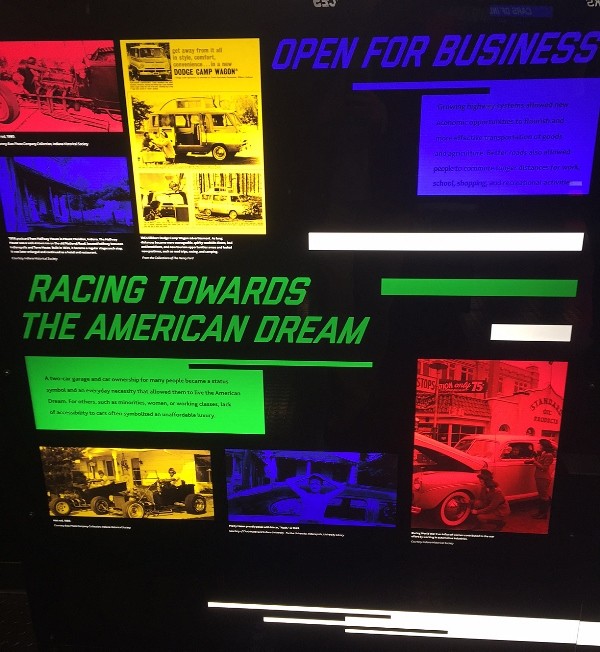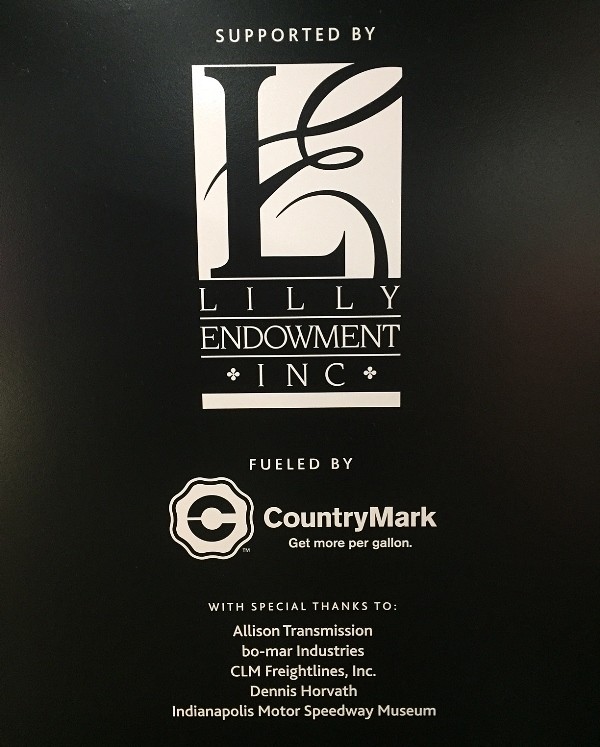Traveling across the country with a minivan full of trash doesn’t sound like my idea of vacation, but that’s what one family from Carmel has done this summer – and for a good reason.
The Kendrick family is driving cross-country to Yosemite, California, and stopping at 11 national parks along the way, all the while holding on to their trash (including food scraps) for the first 10 days of their trip. For the last 20 days, they’ll be learning how to travel with zero waste.

Full disclosure – one of my daughter’s previous preschool teachers is the mom, Samantha, in this family. Her husband, Josh, is a seventh-grade teacher in Carmel and received a $12,000 grant from the Lilly Endowment for this project. One hundred K-12 teachers in Indiana received funding through the Teacher Creativity Fellowship grant program.
The pair and their two children, ages 13 and 10, are updating their blog along the way; read it here.
I’ve heard of people who live a zero-waste lifestyle, but I can’t imagine putting that into practice or even where to start such an initiative in my own life. That’s another of the messages from the Kendricks: They’re a typical Midwestern family with two children. If they can do it, maybe I can as well?
Or, can I at least consider what I’m throwing into the trash can?
The Indy Star has more on the family’s adventures:
It certainly was an eye-opening experience for Kendrick and his family as they inventoried their “landfill” Monday at Grand Teton National Park.
Among their haul: numerous plastic food bags, tin foil for baked potatoes, ketchup splattered napkins, and lots and lots of straws and plastic cutlery. They’ve also kept all leftover food, such as french fries, apple cores, cantaloupe rinds and hamburger buns.
After sorting through, the Kendricks composted the food and other items they could and recycled the materials that qualified at the park’s facilities. The family cleaned a few containers they plan to reuse and then had to toss the rest.
With their bins emptied, all four are looking forward to the next 20 days and a trash free car.
“Collecting everything is a pain and having to keep it all, it kind of puts you down to see that you use that much,” said Kendrick’s 13-year-old son, Nathan. “But it’s a wonderful trip, and I love the idea.”
His younger sister, Addie, echoed that sentiment.
“At first I thought there was no way this was possible and that dad was just making up a crazy idea,” the 10-year-old said. “But it has been an eye-opening experiment.”
That creativity and drive is a large part of what the Lilly Endowment saw in the Creekside Middle School teacher’s proposal, according to Endowment spokeswoman Judith Cebula.
“It’s about taking a commitment to the environment and learning more deeply how one person can make a difference,” she said. “Also, it reflects a commitment to taking what he learns this summer … and finding a way to share what he experiences with his students when he goes back to school in the fall.”
Kendrick hopes to be able to show other families that they all can be more aware of what they are throwing away and the impact it has on the environment. He also wants to give examples of accessible changes a family can make to reduce its waste.
Those ideas are still to come over the next 20 days as the Kendricks continue to the west coast and then make their way back to Indianapolis in July.
“If we don’t change how we are living, these treasures of our national parks that we are showing our children and the water and the air will not remain the same,” he said. “So we need to change how we are doing things.”

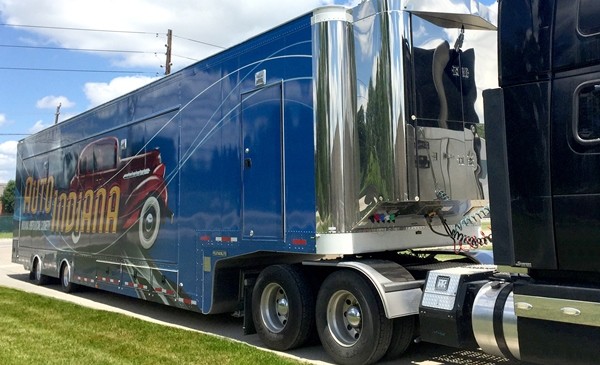 I was granted a sneak peek Thursday of the Indiana Historical Society’s new traveling exhibit, History on Wheels. Housed inside a 53-foot double expandable semi-trailer, the one-of-a-kind exhibit celebrates Indiana’s incredible contributions to the automobile industry within 1,000 square feet of indoor museum space.
I was granted a sneak peek Thursday of the Indiana Historical Society’s new traveling exhibit, History on Wheels. Housed inside a 53-foot double expandable semi-trailer, the one-of-a-kind exhibit celebrates Indiana’s incredible contributions to the automobile industry within 1,000 square feet of indoor museum space.